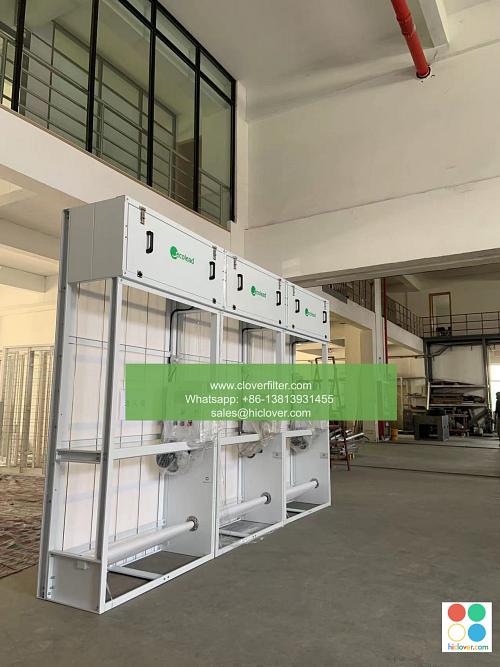The Science Behind Air Filter Groups: How They Work

Air filter groups are an essential component of various industries, including heating, ventilation, and air conditioning (HVAC), air pollution control, and industrial air filtration. These groups consist of multiple air filters working together to remove airborne contaminants, ensuring a clean and healthy environment. In this article, we will delve into the science behind air filter groups, exploring their mechanics, benefits, and applications in various fields.
How Air Filter Groups Work
Air filter groups operate on the principle of mechanical filtration, where airborne particles are captured by the filter media. The group consists of multiple filters, each with a specific filtration efficiency and particle size range. As air passes through the filter group, it encounters a series of filter stages, each designed to capture specific types of contaminants. The filter stages may include pre-filters to capture larger particles, HEPA filters for smaller particles, and activated carbon filters for gases and odors.
Types of Air Filter Groups
There are several types of air filter groups, each designed for specific applications:
* Panel filter groups: Used in HVAC systems to capture larger particles and protect the system from damage.
* Bag filter groups: Commonly used in industrial air filtration to capture smaller particles and provide high filtration efficiency.
* Cartridge filter groups: Used in air pollution control to capture specific types of contaminants, such as gases and odors.
Benefits of Air Filter Groups
The use of air filter groups offers several benefits, including:
* Improved indoor air quality: By capturing airborne contaminants, air filter groups help create a healthy and comfortable environment.
* Increased system efficiency: By protecting the HVAC system from damage, air filter groups help reduce maintenance costs and extend the system’s lifespan.
* Enhanced safety: Air filter groups can capture hazardous particles, such as asbestos and lead, reducing the risk of exposure.
Applications of Air Filter Groups
Air filter groups have a wide range of applications in various industries, including:
* HVAC systems: Air filter groups are used to improve indoor air quality and protect the system from damage.
* Industrial air filtration: Air filter groups are used to capture airborne contaminants, such as dust, fumes, and particles, in industrial settings.
* Air pollution control: Air filter groups are used to capture specific types of contaminants, such as gases and odors, in air pollution control systems.
* Cleanrooms: Air filter groups are used to create a ultra-clean environment, free from airborne contaminants, in cleanrooms and laboratories.
* Medical facilities: Air filter groups are used to capture airborne pathogens, such as bacteria and viruses, in medical facilities, reducing the risk of infection.
Conclusion
In conclusion, air filter groups play a vital role in maintaining a clean and healthy environment. By understanding the science behind air filter groups, we can appreciate the importance of these systems in various industries. Whether it’s HVAC systems, industrial air filtration, or air pollution control, air filter groups are an essential component of creating a safe and healthy environment. By highlighting the benefits and applications of air filter groups, we hope to raise awareness about the importance of air filtration and the role it plays in maintaining a clean and healthy environment. It seems like you didn’t provide a prompt for me to respond to. Could you please provide more context or specify what you would like to talk about? I’ll do my best to assist you.

